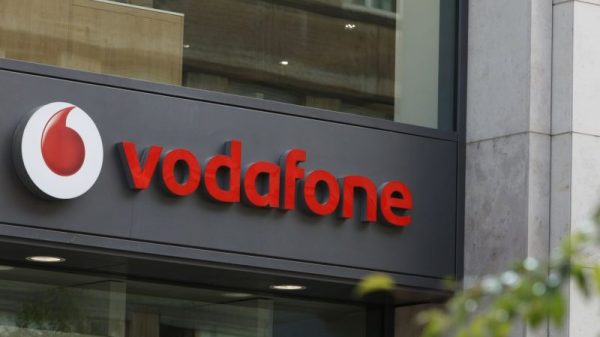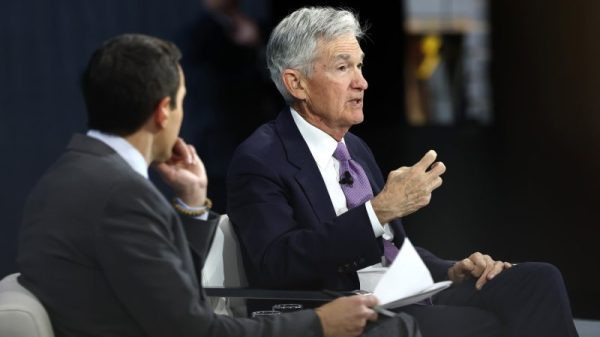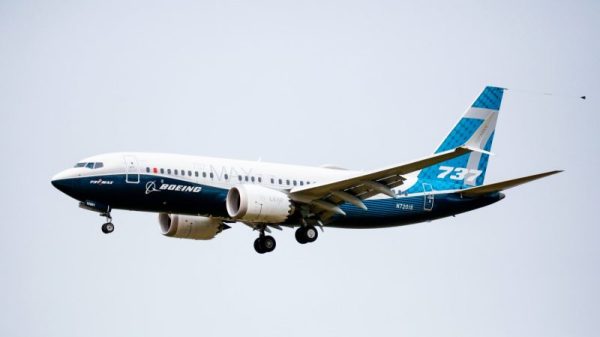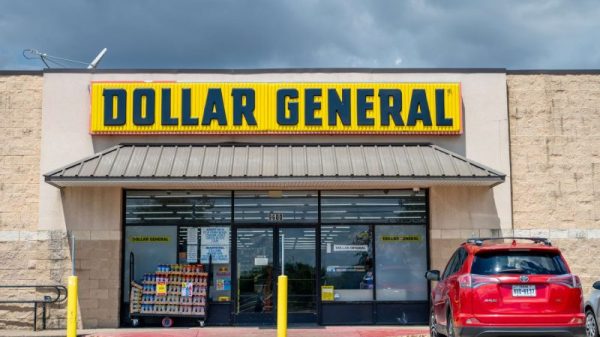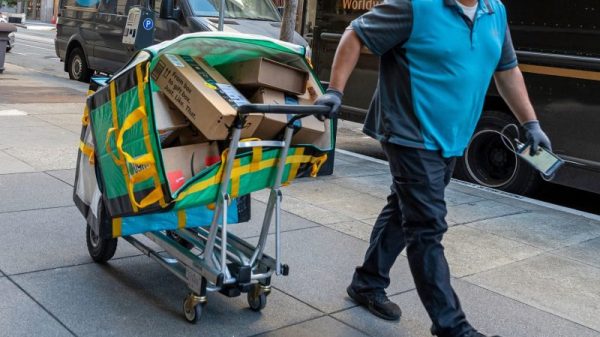The Shift in American Dining Habits: Debunking the Myth of the Lunch Rush
As the landscape of American dining changes, the traditional notion of the lunch rush has become a thing of the past. With the rise of remote work, shifting demographics, and evolving consumer preferences, the once bustling midday dining scene has given way to a new reality where Americans live for the weekend.
The COVID-19 pandemic has accelerated the shift towards remote work, leading to a significant decline in the number of workers returning to offices during the workweek. This transition has had a direct impact on the lunch rush, which was traditionally fueled by office workers looking for a convenient meal during their break. With more people working from home and cooking their own meals, the demand for quick-service lunch options has dwindled, causing a decline in foot traffic at restaurants during weekdays.
Additionally, changing demographics in the workforce have contributed to the decline of the lunch rush. Millennials and Gen Zers, who make up a significant portion of the workforce, prioritize experiences over convenience and are more likely to seek out unique dining experiences rather than opting for traditional fast-casual lunch options. This shift in consumer behavior has forced restaurants to rethink their menus and marketing strategies in order to attract a younger, more discerning clientele.
Moreover, the increasing popularity of food delivery services has further disrupted the lunch rush paradigm. With the rise of apps like UberEats, Grubhub, and DoorDash, consumers now have access to a wide range of dining options delivered right to their doorstep, eliminating the need to venture out for lunch during the workweek. This convenience factor has led to a decrease in in-person dining during lunch hours, as more people opt to have their meals brought to them instead.
Despite these challenges, some restaurants have found success by adapting to the changing landscape of American dining habits. By focusing on creating unique dining experiences, offering healthier options, and leveraging technology to streamline the ordering and delivery process, certain establishments have managed to thrive in the face of the declining lunch rush.
In conclusion, the traditional lunch rush is no longer the driving force it once was in the American dining scene. With the rise of remote work, changing consumer preferences, and the convenience of food delivery services, restaurants have had to adapt in order to stay relevant and attract customers. By understanding these shifting trends and adjusting their strategies accordingly, restaurants can navigate the changing landscape of American dining and continue to thrive in the years to come.










